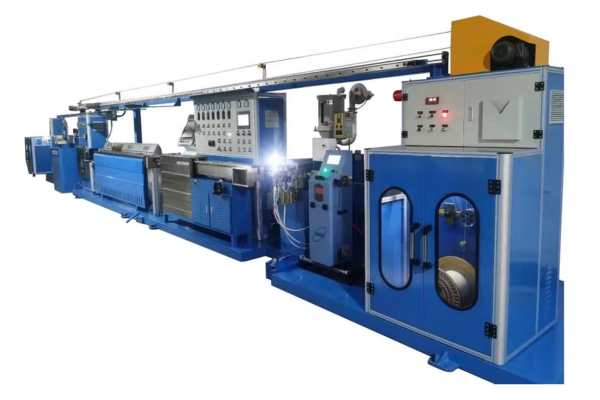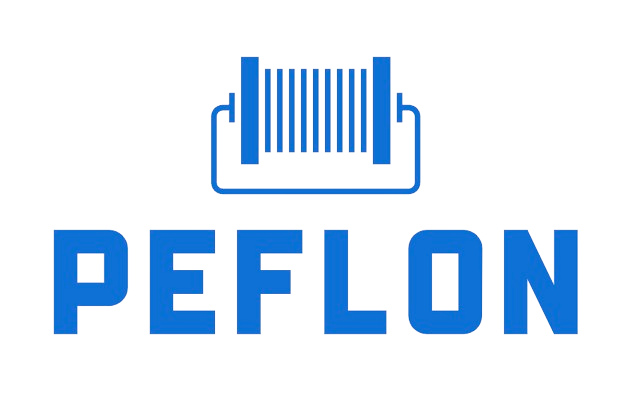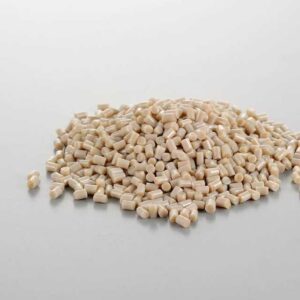Introduction: The Importance of FEP Material and Extrusion Processing
- FEP (Fluorinated Ethylene Propylene) is a high-performance fluoroplastic with exceptional properties, including high-temperature resistance, chemical corrosion resistance, and excellent electrical insulation.
- It’s widely used in high-performance products like wires and cables, pipes, and films.
- Extrusion processing is the core technology for FEP material applications, transforming FEP raw materials into various shaped products.

FEP Material Characteristics and Extrusion Challenges
- FEP’s characteristics present challenges for extrusion processing:
- High melting temperature: Requires extruders with precise temperature control.
- High melt viscosity: Needs sufficient pressure and shear force for smooth extrusion.
- Corrosive gas release: Demands high-quality, corrosion-resistant materials for the extruder.
- Therefore, selecting a suitable FEP extruder is crucial.
Core Technical Requirements of FEP Extruders
- Precise Multi-Zone Temperature Control:
- Use high-precision heating elements and temperature sensors for rapid response and accurate measurement, ensuring melt uniformity.
- Control temperature in areas like the barrel die head, and connecting zones.
- Screw Requirements:
- Material selection: Use corrosion-resistant materials like Hastelloy or 316L stainless steel.
- Structure selection: Twin-screw extruders are highly recommended due to their superior mixing and shearing capabilities.
- L/D ratio: Recommended L/D ratio is between 25:1 and 30:1.
- Pressure Control:
- Stable pressure control ensures uniform melt flow and prevents product defects.
- Include melt pressure sensors, pressure regulating valves, PLC control systems, and pressure display instruments.
- Die Head Design:
- Consider material selection, flow channel design, heating system, structural design, and process control.
- Use corrosion-resistant materials, optimize flow channels, and ensure even temperature distribution.
- implement proper cooling systems, such as water cooling.
- Exhaust System:
- Use corrosion-resistant materials like Hastelloy or 316 stainless steel for parts in contact with FEP.
- Including exhaust ports, vacuum systems, gas treatment devices, and control systems.
- Drive System and Control System:
- Use high-performance, high-precision, and high-reliability components.
- Employ PLC control systems for automation and data recording.
- ensure proper safety measures and alarm systems are in place.
Application Areas of FEP Extruded Products
- Wire and cable: For high-temperature and corrosion-resistant insulation.
- Pipes: For chemically resistant pipes.
- Films: For high-performance films.
- Other industrial applications.
How to Choose a Suitable FEP Extruder
- Consider material properties, product requirements, and application areas.
- Choose professional suppliers for equipment quality and technical support.
Future Outlook of FEP Extrusion Technology
- FEP extrusion technology will become more intelligent and efficient.






